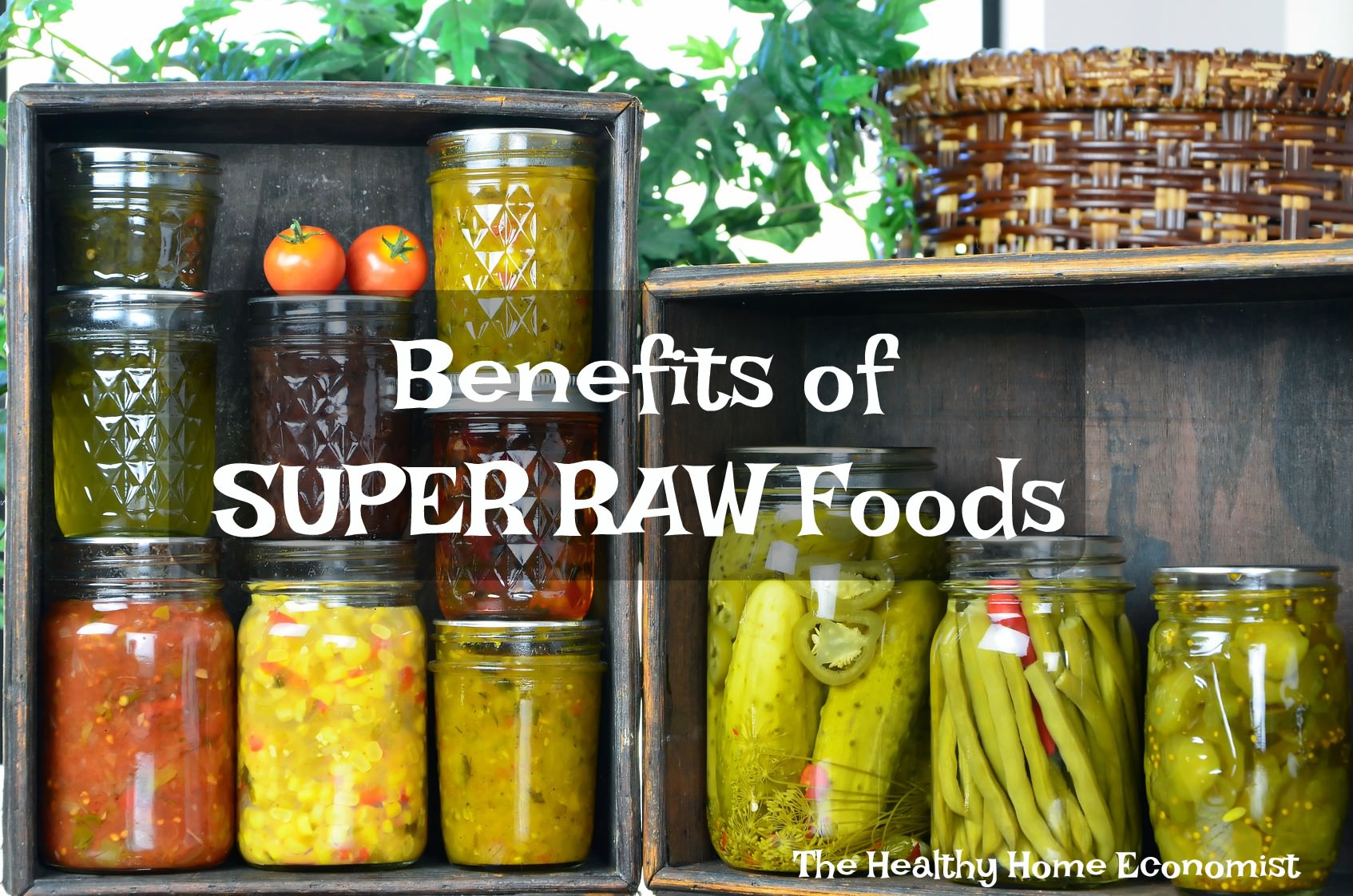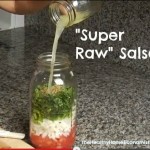 At the annual Wise Traditions Conference, many attendees enjoy delicious traditionally based meals including the wonders of super raw food, aka fermented fruits and vegetables, for the very first time.
At the annual Wise Traditions Conference, many attendees enjoy delicious traditionally based meals including the wonders of super raw food, aka fermented fruits and vegetables, for the very first time.
Prior to the Industrial Revolution, home food preservation was accomplished without the aid of canning, refrigeration or freezing with lacto-fermentation the common technique employed to store raw foods for consumption during times of scarcity or the winter months.
Even milk was not typically consumed in a fresh state and was usually eaten as yogurt, kefir and cheese or clabbered and then separated into curds and whey.
The process of lacto-fermentation involves harnessing beneficial lactic acid-producing bacteria naturally present everywhere in our environment (yes, it’s crawling all over your skin right now!) to initiate the digestion or breaking down of milk sugar, known as lactose, and milk proteins like casein.
When enough lactic acid is produced by these friendly bacteria and fermentation is complete, milk is protected from spoilage for several days, weeks or even years as is the case with aged cheese.
Meat can be preserved by lacto-fermentation as well. Hard, aged sausages, such as traditional salami, are lacto-fermented foods.
The process of fermentation works in a similar manner with plant foods, transforming cabbage into sauerkraut and cucumbers into pickles. While not traditionally lacto-fermented, fruit can also be transformed into chutney and marmalade using the same process.
Lactic acid produced by beneficial bacterium ubiquitous in our environment and present on the surface of all plants and animals works to preserve food by inhibiting putrefying bacteria. Traditional cuisines from around the world prized lacto-fermented foods and beverages for their medicinal properties as well as delicious taste. Most traditional cuisines included at least one fermented food or beverage with every meal, which worked to improve digestion and nutrient absorption.
This incredibly health promoting traditional food preparation technique has been all but lost today with an epidemic of digestive disorders the inevitable result.
Why?
Regular consumption of traditionally fermented foods and drinks promotes the growth of healthy flora and overall balance in the intestines. A 1999 study published in the Lancet found that consumption of lacto-fermented vegetables in children was associated with low rates of asthma, skin problems and auto-immune disorders in general.
Lacto-fermented foods are rich in enzymes as well as beneficial bacteria and are ideally served as condiments with a meal that also includes cooked foods. The enzymes in lacto-fermented or “super raw” foods more than compensate for the enzymes lost in foods that are cooked.
One of the easiest lacto-fermented raw food to get started with is salsa. It is well accepted by family members even when fermented and simple to make. You can make it as mild or spicy as you like simply with the omission or addition of various types of peppers to suit your taste.
Try this variation if you are ready to turn back the clock in your kitchen!

Super Raw Salsa Recipe
Salsa recipe that is lightly fermented to transform the raw veggies into a super raw state loaded with additional probiotics, enzymes, and nutrition
Ingredients
- 4 tomatoes medium size, skins removed, preferably organic and/or heirloom
- 2 onions small size, chopped, preferably organic
- 3/4 cup chili pepper chopped, mild or hot, preferably organic
- 6-8 cloves garlic optional, peeled, finely chopped, preferably organic
- 1 bunch cilantro chopped, preferably organic
- 1 tsp dried oregano preferably organic
- 2 lemons juiced, preferably organic
- 1 Tbl sea salt
- 4 Tbl liquid whey
- 1/4 cup filtered water
Instructions
-
Dip tomatoes in pan of boiling filtered water for 5 seconds each - skin peels right off. Seed, dice and/or chop all vegetables. Juice the 2 lemons.
-
Mix all raw food ingredients together in a bowl and then transfer to a quart or half gallon sized wide mouth mason jar. Press down gently with an appropriate instrument so liquid covers the vegetables. Add fermentation weight if desired to discourage cultured food mold.
-
Leave at least 1 inch at the top. Cover tightly and leave at room temperature for 2 days and then refrigerate.
-
Super raw salsa will last a month or two when made in this traditional manner.
Recipe Notes
3 Tbl additive free organic lemon juice may be substituted for the fresh lemon juice.
Do not substitute powdered whey for the liquid whey. Alternatively, add an additional Tbl of sea salt if no liquid whey is available.
Another option is using a cultured food starter instead of liquid whey.
Sarah, The Healthy Home Economist
Sources
Nourishing Traditions Cookbook
Atopy in children of families with an anthroposophic lifestyle








Can you use canned tomatoes but everything else fresh?
You can’t ferment dead food … canned tomatoes are cooked.
Thank you for sharing, great article.
I whipped up a double batch of this and it’s sitting on my counter now. But I’m wondering about the cover. Sarah, you say cover tightly. Does that mean to just screw on the metal lid of my glass gallon jar? Or do I rubber band a piece of white cloth over the top, as I do with kombucha? Thx!
I’ve been looking for a new fermenting recipe! Thank you!
Melanie Price
Jr Price Jr, please send to Mel for me!
I don’t know a lot about lacto-fermentation. I have googled my question but not found an answer. Hoping someone here can shed some light– Would someone who does not tolerate dairy very well be able to eat lacto-fermented foods? I don’t have a real “allergy” or stomach issues with dairy, I just get a lot of mucus and congestion whenever I eat it. For the record, I don’t have access to raw dairy, otherwise I’d try that.
I don’t know the answer to your question as I have only used whey from raw dairy. However, you can also skip the whey and use salt. The salt will allow the good bacteria that is already on the food to multiply while inhibiting any bad bacteria. It is just as good of a method.
Is there casein in whey?
I made this recipe and it is way too acidic. It is not tasty at all. Any suggestIons for how I can salvage it?
Check out Pickl-it jars and their non-whey method of making ferments. These jars are well worth the money and ensure that no mold grows in your ferments; which IMO is really, really important especially if you are trying to heal your gut.
http://www.pickl-it.com/